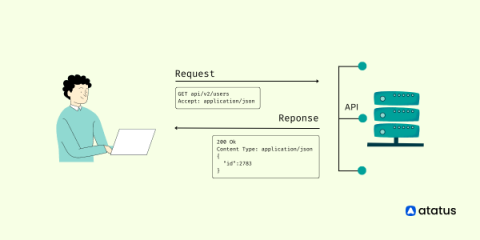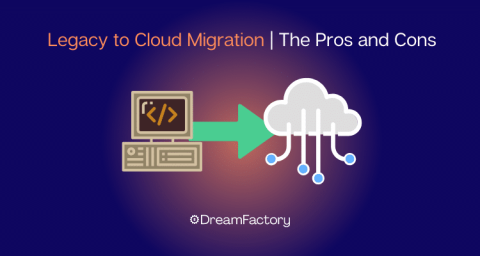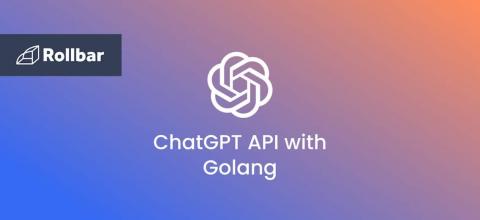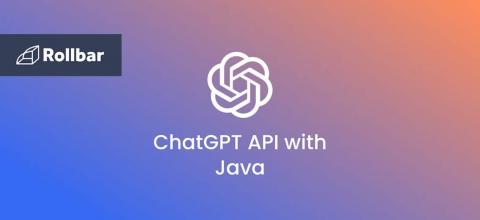Changes Coming to Kong Package Hosting
We’re excited to announce that Kong is now working with Cloudsmith to host our community edition and enterprise edition gateway packages. With new hosting comes a couple of changes to how you, our loyal customers, will be receiving our software.











